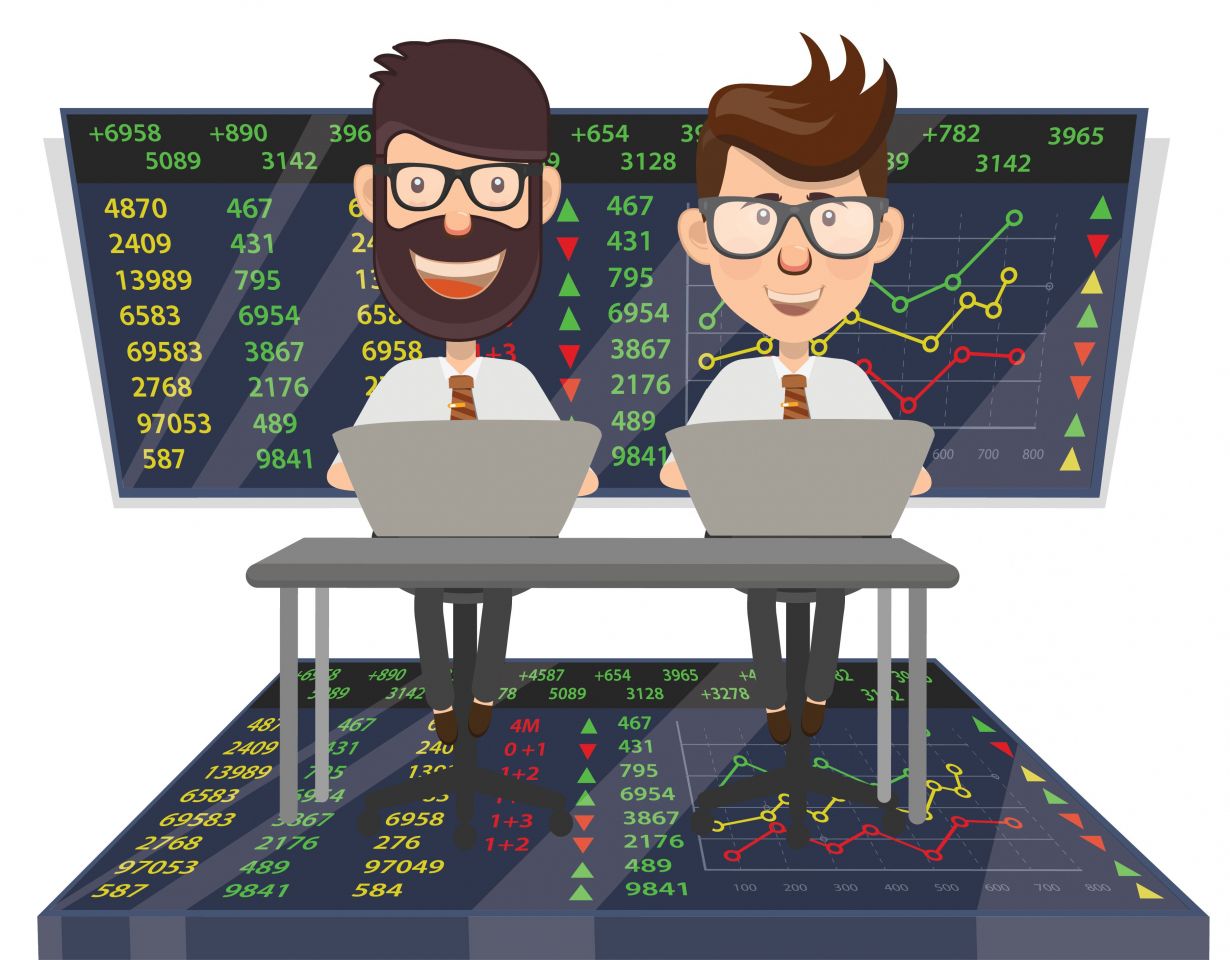What is a trading floor?

A trading floor is an area in an exchange where trading activity in financial assets such as stocks, commodities and bonds takes place. The area in an investment bank or brokerage house where traders work is also known as a trading floor.
In the past, exchange trading floors were loud, volatile locations where buy and sell orders were placed with open outcry – traders shouting and using hand signals. However, trading has increasingly shifted from the physical trading floor to electronic platforms.
Where have you heard of a trading floor?
You may have seen footage of stock market trading floors such as the New York Stock Exchange (NYSE) on TV, for example on business news channels. There are also famous scenes in movies about stock market traders, such as Trading Places (1983) and Margin Call (2011).
What do you need to know about a trading floor?
Trading floor activity is important because the interaction of traders on an exchange floor determines the price of the financial instruments that are being traded. So, how does the trading floor work?
Traders communicate on the floor of an exchange by shouting bids and offers, waving their arms to get attention, using hand signals. Trading activity on the floor is most active when the stock or commodities market opens, shortly before it closes or if a market-moving event takes place. Some traders tend to pair with certain other traders to avoid shouting to everyone on the floor.
There are several types of traders on the floor, including:
-
Floor brokers trade on behalf of clients, either as an employee of a trading company or an independent trader.
-
Scalpers take advantage of temporary imbalances to make a profit.
-
Hedgers trade on behalf of a commercial firm to hedge its position in commodities or other assets.
-
Spreaders trade the price spreads between two futures contracts.
-
Position traders hold a certain position for a longer period than a scalper with the aim of making a bigger profit.
-
Market makers, usually banks or financial institutions, make sure the market has sufficient liquidity.
Floor trading began to change in the 1980s, as some counterparties started to use telephone trading. Telephone systems began to be replaced with computer networks, and now the majority of trading is done through Internet-based platforms. The London Stock Exchange (LSE) was among the first exchanges to switch to an automated system during the 1980s. The “Ring” at the 143-year old London Metal Exchange is one of the last open outcry trading floors in the world.
There are advantages to electronic trading systems over the physical trading floor as they reduce the margin for error, cut costs and reduce the possibility of market manipulation by unscrupulous traders. However, human trading volume can provide tighter spreads and better prices for investors. Being on the physical trading floor helps traders feel that they are immersed in what is happening in the market.